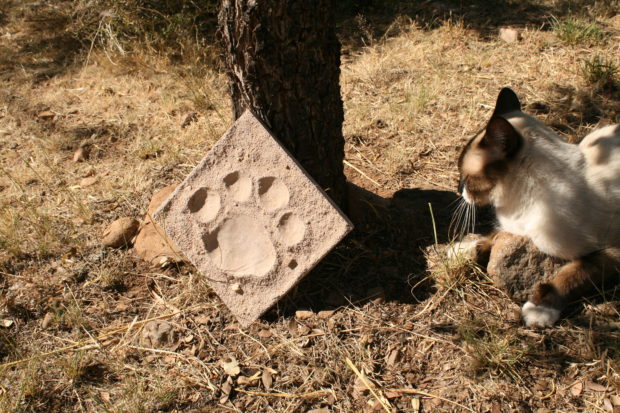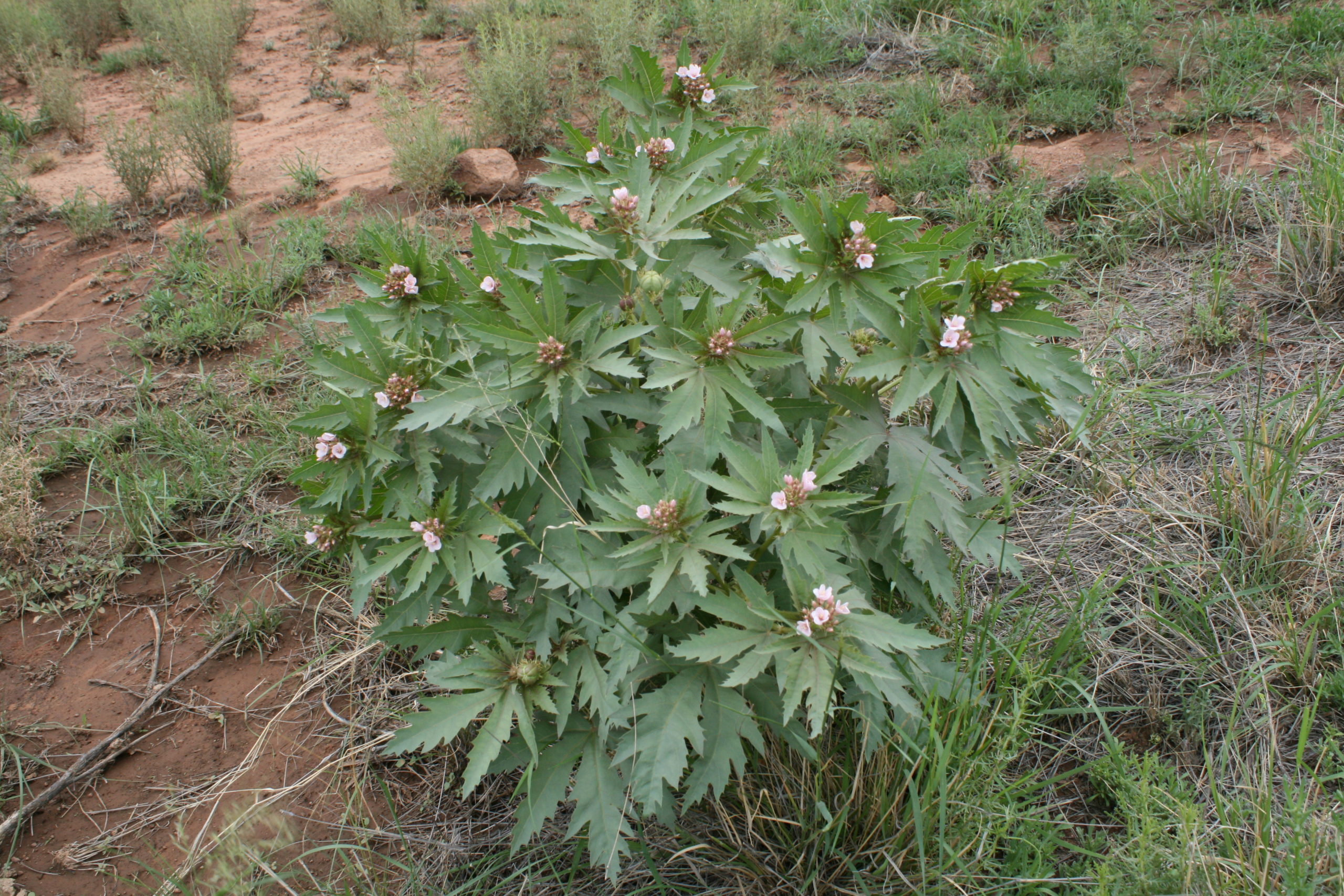The scientific name for jaguar is Panthera onca and these large wild felines range from Sonora, Mexico down to portions of central and South America. Historically parts of Arizona and New Mexico are listed as it’s northern most distribution. The key word is “historically” and the jaguars that were in those states were hunted out as varmints. See a jaguar, kill it. I first learned of jaguars in a college mammalogy course at the University of Arizona the late 1960s. I was a kid from Kentucky and I can tell you that big cats in the wild sounded very exciting, but as my professor at that time said, “nowadays they are rarely seen.”
For years’ ecologists have been interested in jaguars on the Arizona side of the borderlands, but it seems that the treeing of two separate jaguars by lion hunters in 1996 in two mountain ranges a couple hundred miles apart in southeastern Arizona was a catalyst for a great deal more research and conservation efforts. And that research and those efforts come from myriad organizations and individuals on both sides of the Arizona and Sonora border. Scientists have a tendency to work together and like most folks with any common sense, know that a wall separating our countries makes no sense at all for wildlife.
A couple notes: the photos are mine and are of a cast of a jaguar track that a friend gave me years ago. Buster is in the one photo for scale. And though there is a wealth of information about jaguars on line, I gleaned so much stuff from stories I’ve heard over the years and also from the book Borderland Jaguars by David E. Brown and Carlos A. Lopez Gonzales. I love the sound of the Spanish title, Tigres de la Frontera.., I guess I’m still a kid from Kentucky who loves living along the border…, but it was from this book I learned a lot about the ecology and history, not only of our borderland jaguars, but also of the jaguars found so much further south into Central and South America. A good read. Oh, and in case I didn’t make it clear, I’m still excited about big cats in the wild.



I gathered seed of Ceanothus greggii on a rocky slope in May. Buck brush is what I’m talking about and yeah, it’s easier to...

Since producing this episode of Growing Native we have encountered Jatropha macrorhiza a couple more times. A recent sighting was over near the New...

I love following the drainages out of the mountains and across the deserts, observing all the plants and animals that follow them as well....